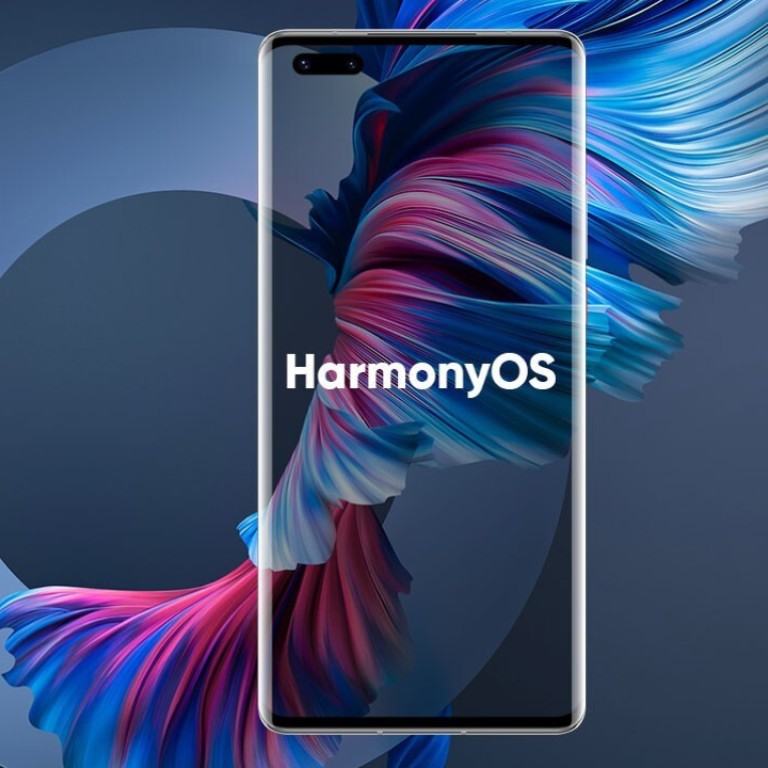
Struggling Huawei steps up software drive with HarmonyOS 2.0 for Internet-of-Things era
- HarmonyOS 2.0 is expected to run on up to 300 million devices by the end of this year, including 200 million Huawei smartphones
- Huawei has partnered with major brands – including Midea, DJI, Tissot and Swatch – to run HarmonyOS 2.0 on their smart devices
“Apple’s iOS and Google’s Android were developed about a dozen years ago, when the mobile internet started expanding and smartphones served as the main device,” Wang said in a group interview in Shenzhen on Tuesday. “While the smartphone market is becoming saturated, there is big growth potential in the IoT market.”

The stakes are high for Huawei and other major technology companies in the Asia-Pacific, as regional spending on IoT is expected to reach US$288.6 billion this year, according to research firm IDC.
“It costs half a million yuan to develop an app and it may cost another 100,000 yuan to operate it [on a different platform],” Wang said. “But if you use Harmony, it may only cost 10,000 yuan a year.”
HarmonyOS 2.0, known as Hongmeng in Chinese, is expected to run on up to 300 million smart devices by the end of this year, including 200 million Huawei smartphones and 100 million third-party devices, according to Wang.
What you need to know about Ark Compiler – which can port Android apps to HarmonyOS
HarmonyOS may become an important community in China “where there aren’t any Google Mobile Services anyway and there is a reasonably large population that will buy anything deemed to be ‘made in China’ or supporting China”, said Stewart Randall, head of electronics and embedded software at consultancy Intralink.
Is Huawei’s HarmonyOS 2.0 strong enough to take on Android?
“We have multiple millions of smartphone users, and [HarmonyOS 2.0] is an important foundation for us to develop an ecosystem at an early stage,” Wang said.
He also reiterated that HarmonyOS is fully developed by Huawei with available resources. “We are currently not allowed to work with Android, but the Android Open Source Project (AOSP) is open source,” he said. In addition, he indicated that many people confuse Android and AOSP, which is why controversy has surrounded Huawei since announcing the development of HarmonyOS.
Additional reporting by Che Pan.


